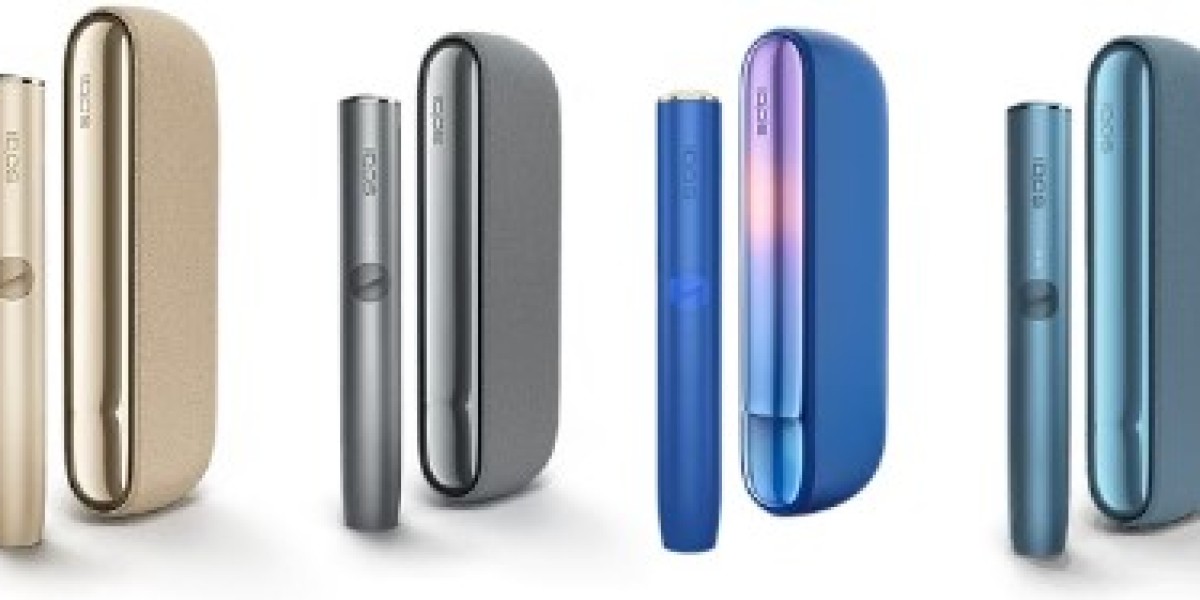You have a perfect image. It might be a detailed company logo, a piece of original art, or a sentimental graphic. The vision of it stitched onto fabric is clear in your mind. But getting from that digital file to a flawless embroidered reality on your Brother machine requires a crucial, often misunderstood, step. This is not a simple file conversion like changing a JPEG to a PNG. It is a specialized process of translation, and understanding how professionals approach it is the key to achieving stunning results. True quality hinges on knowing exactly how to convert image to PES for embroidery with precision.
It Starts with the Right Image: Setting the Stage for Success
Before a professional digitizer even opens their software, they begin with a critical assessment of the source image. The quality of the final PES file is directly tied to the quality of the starting point. The ideal file is a vector graphic, such as an AI, EPS, or SVG. These formats are made of mathematical paths, not pixels, meaning they can be scaled infinitely without losing clarity. This gives the digitizer clean lines and distinct color blocks to work with.
When working with a raster image like a JPG or PNG, professionals look for high resolution and simplicity. A large, clear image with a minimal background and bold lines is manageable. A small, blurry, or overly complex image forces the digitizer to make guesses, compromising precision. A pro will often recommend simplifying the artwork first, removing tiny text or intricate details that are smaller than an embroidery needle can physically replicate.
The Blueprint Beneath the Stitches: Engineering the Underlay
A common amateur mistake is to focus only on the top stitches you see. Professionals know that the true foundation of a precise embroidery design lies in the underlay. This hidden layer of stitching is what makes the difference between a design that lies flat and one that puckers or distorts.
A professional strategically uses different types of underlay for different purposes. A edge run underlay outlines shapes to stabilize the fabric and create a sharp boundary. For larger filled areas, a center walk or zigzag underlay adds internal stability, preventing the fabric from pulling inward. The choice of underlay type, its density, and its direction are all carefully calculated based on the specific fabric the design will be stitched on. This invisible architecture is non-negotiable for a professional finish.
The Art of Stitch Selection and Pathing
Professionals do not let software make all the decisions automatically. They manually assign stitch types based on the function and aesthetics of each design element. Satin stitches, with their glossy, column-like appearance, are chosen for text, borders, and fine details. Fill stitches, which use a back-and-forth pattern, are deployed to cover larger areas.
Beyond choosing the stitch type, a professional meticulously plans the stitch path and direction. They sequence the objects in the design to minimize thread jumps and trims, creating a cleaner back and a more efficient machine run. They also engineer the direction of the fill stitches to complement the shape of the object; for instance, using a radial fill for a circle to help it retain its shape instead of pulling into an oval. This control over the needle’s path is a hallmark of precision digitizing.
Mastering Density and Pull Compensation
Stitch density—how closely together the stitches are packed—is a delicate balancing act. A professional adjusts this setting based on the fabric. Too dense on a stretchy t-shirt, and the design becomes stiff and prone to puckering. Too loose on a firm cap, and the fabric might show through.
They also expertly apply pull compensation. When stitches are formed, they naturally pull the fabric slightly, which can cause gaps between adjacent design elements. To counter this, a professional will intentionally overlap objects or widen satin columns by a fraction of a millimeter. This foresight ensures that when the stitches relax, they settle into perfect alignment with no unsightly gaps. This scientific adjustment is crucial for complex logos with multiple elements.
The Non-Negotiable Test Stitch-Out
No professional considers a PES file complete after it is saved on the computer. The ultimate test happens at the embroidery machine. They always run a test stitch-out on a scrap piece of the actual fabric that will be used for the final product, paired with the correct stabilizer.
They observe the machine as it runs, looking for any signs of puckering, thread breaks, or registration issues. They feel the finished sample to check if the stitch density is correct. This practical test provides invaluable feedback. If the design does not stitch out perfectly, they return to the software, adjust the settings—be it density, pull compensation, or underlay—and create a revised version. This iterative process of testing and refining is what separates a precise, reliable file from a merely adequate one.
Converting an image to a PES file with true precision is a blend of technical expertise, artistic judgment, and practical testing. It is a process of engineering a blueprint that accounts for the physical properties of thread and fabric. By starting with a quality image, building a robust underlay, making intelligent stitch choices, and embracing the test-stitch cycle, professionals ensure that the final embroidered product is a perfect, durable, and clean representation of the original vision. So, the next time you have an image ready for embroidery, remember that the path to precision is a deliberate and skilled journey, not a simple click of a button.








